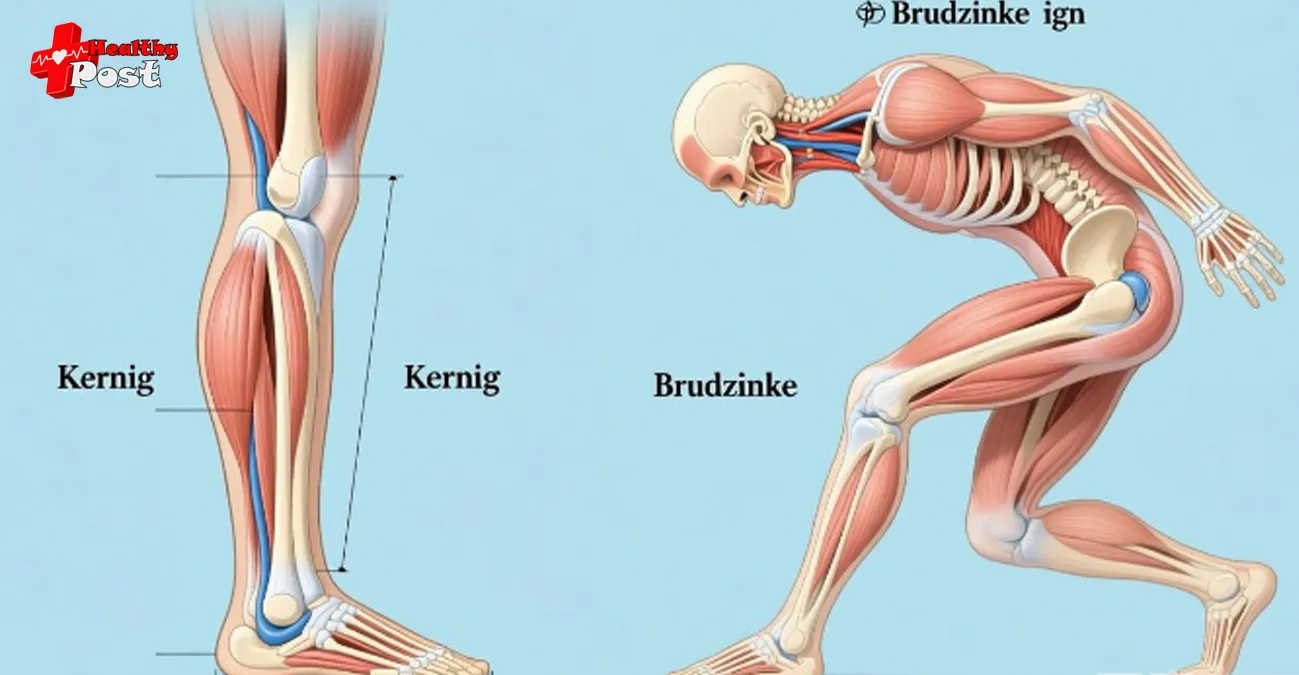
Kernig and Brudzinski Signs: 5 Critical Clues You Should Never Ignore
In the medical field, understanding the signs and symptoms of various conditions can be the difference between a quick diagnosis and prolonged suffering. One such pair of signs that healthcare professionals often refer to are the Kernig and Brudzinski signs. These signs are particularly significant in the context of meningitis and other central nervous system conditions. This article will explore the importance of these signs, the specific tests associated with them, and why they should never be overlooked.
What Are Kernig and Brudzinski Signs?
The Kernig sign and the Brudzinski sign are clinical indicators used to help assess meningeal irritation. They are simple physical examinations that can provide critical information about a patient’s condition. Here’s a brief overview of each:
- Kernig Sign: This sign is tested by having the patient lie flat on their back. The examiner flexes the patient’s hip and knee to 90 degrees and then attempts to straighten the leg at the knee. If the patient experiences pain or resistance, the Kernig sign is considered positive, indicating possible meningeal irritation.
- Brudzinski Sign: To test for Brudzinski’s sign, the examiner gently lifts the patient’s head while they are lying flat. If this movement causes involuntary flexion of the knees and hips, the sign is positive, suggesting irritation of the meninges.
These tests are quick, simple, and can reveal critical insights into a patient’s neurological health.
Why Are Kernig and Brudzinski Signs Important?
Recognizing the Kernig and Brudzinski signs is essential for several reasons:
1. Early Detection of Meningitis
Meningitis is a potentially life-threatening condition that involves inflammation of the protective membranes covering the brain and spinal cord. Early detection is key to effective treatment. A positive Kernig or Brudzinski sign can prompt further testing and intervention.
2. Indicators of Other Neurological Conditions
While these signs are primarily associated with meningitis, they can also indicate other conditions affecting the central nervous system, such as subarachnoid hemorrhage or encephalitis. Recognizing these signs can lead to quicker diagnoses and improved patient outcomes.
3. Assessment of Neurological Function
The presence of Kernig and Brudzinski signs can indicate compromised neurological function. This information is vital for healthcare providers in determining the severity of a patient’s condition and deciding on the appropriate course of treatment.
4. Guiding Further Diagnostic Testing
A positive result from either the Kernig or Brudzinski test often leads to additional diagnostic tests, such as a lumbar puncture (spinal tap) or imaging studies. These tests can provide more detailed information about the underlying cause of the symptoms.
5. Patient Education and Empowerment
Understanding the significance of these signs can empower patients and their families. Recognizing symptoms and knowing when to seek medical attention can lead to earlier interventions and better health outcomes.
How to Perform the Kernig and Brudzinski Tests
Performing the Kernig Test
- Positioning the Patient: Have the patient lie flat on their back on an examination table.
- Flexing the Hip and Knee: Carefully raise the patient’s leg, flexing the hip and knee at 90 degrees.
- Attempting to Straighten the Leg: Gently attempt to straighten the leg at the knee.
- Observing for Pain or Resistance: If the patient experiences pain or an involuntary reaction, the Kernig sign is positive.
Performing the Brudzinski Test
- Positioning the Patient: Again, ensure the patient is lying flat on their back.
- Lifting the Head: Gently lift the patient’s head while observing their body.
- Watching for Flexion: If the knees and hips flex involuntarily in response to the head lift, the Brudzinski sign is positive.
Visual Aid: Comparison of Kernig and Brudzinski Signs
| Sign | Test Procedure | Positive Result Indicates |
|---|---|---|
| Kernig Sign | Flex hip and knee, then attempt to straighten the leg | Meningeal irritation or other neurological issues |
| Brudzinski Sign | Lift head and observe for knee/hip flexion | Meningeal irritation or other neurological issues |
Real-Life Examples
Case Study: Early Intervention
Consider a 25-year-old patient presenting with severe headaches, fever, and a stiff neck. Upon examination, the physician performs the Kernig and Brudzinski tests, noting a positive result for both. This finding prompts immediate lumbar puncture, which confirms a diagnosis of viral meningitis. The early intervention leads to a swift recovery, highlighting the critical importance of recognizing these signs.
Case Study: Missed Diagnosis
In contrast, a 30-year-old patient visited multiple clinics over several days, complaining of similar symptoms but without neurological examination. Unfortunately, the absence of Kernig and Brudzinski tests resulted in a delayed diagnosis of bacterial meningitis, leading to complications. This emphasizes how critical these signs can be in the diagnostic process.
Conclusion
Understanding the Kernig and Brudzinski signs is crucial for both healthcare providers and patients. These simple tests can provide vital clues about serious conditions like meningitis and other neurological issues. By recognizing the importance of these signs, we can facilitate early diagnosis and treatment, ultimately improving patient outcomes.
In a world where health information is abundant yet often overwhelming, focusing on simple, actionable insights—like identifying Kernig and Brudzinski signs—empowers patients and caregivers alike. Always remember to consult healthcare professionals when you observe concerning symptoms, and never hesitate to advocate for your health.
Stay informed, stay healthy, and don’t overlook the signs!

